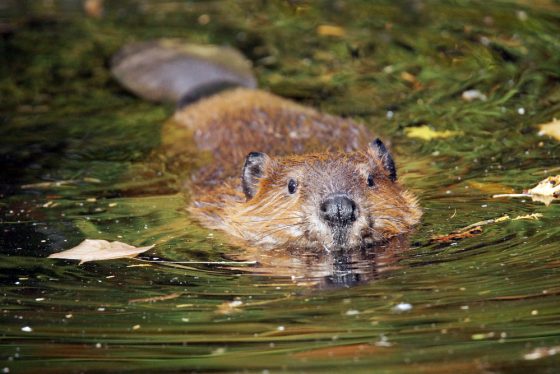The Netherlands’ beaver population growth is going swimmingly


Growing beavers populations in the Netherlands are a boost for biodiversity but are also causing damage, environmental group Nature Today and the Dutch mammal association Zoogdierenvereninging say in a new report.
Beavers, which were highly valued for their pelts, disappeared from the Dutch landscape in 1826 when the last one was clubbed to death in the river IJssel.
Now, thirty years after their re-introduction, beaver numbers have reached 3,500. They have established territories in most provinces, except Noord-Holland but that is just a matter of time. Overijssel welcomed its first beaver population in February this year.
Beavers are good for biodiversity and promote plant growth by gnawing away at difficult-to-reach trees, allowing the sunlight to reach bottom of the river.
However, beaver activity can also damage dykes and foundations. Their dams sometimes block off streams causing flooding, which is why the provinces of Limburg and Gelderland have been given special dispensation to cull the animals which have protected status.
The Zoogdierenvereniging said it expects beaver population growth to continue. That means it will settle in places where it is not wanted and that culling, too, would increase. A cull is ‘dramatic for the animal involved’ the organisation said, but will not affect the stability of the population.
Boars, beavers and geese: the Netherlands is in for the cull
Thank you for donating to DutchNews.nl.
We could not provide the Dutch News service, and keep it free of charge, without the generous support of our readers. Your donations allow us to report on issues you tell us matter, and provide you with a summary of the most important Dutch news each day.
Make a donation